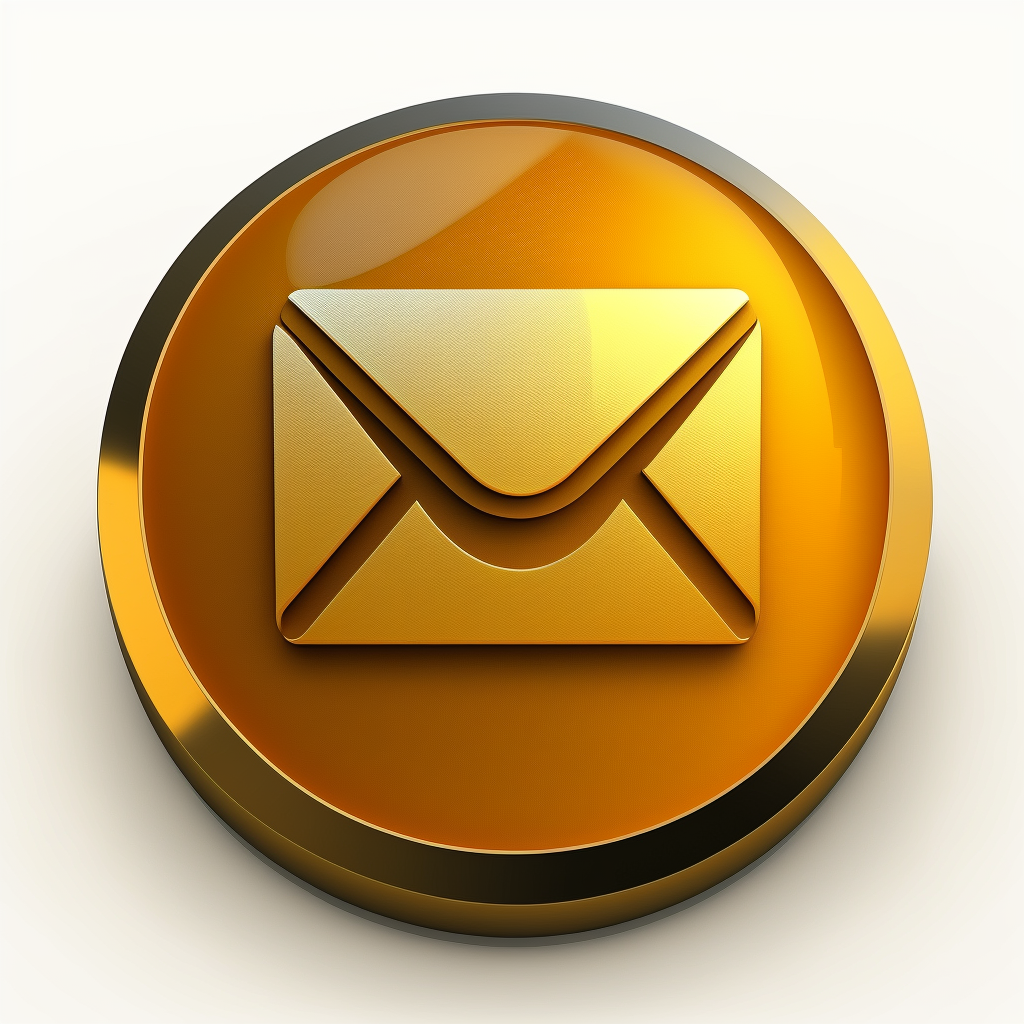
You’ve put in the work to make your email clear and easy to read. You’ve taken the time to make sure it flows well. But all that hard work could be undone if you don’t choose the right way to end it. A sign-off is just a word or two, but choosing the right one takes careful thought and skill.
It’s the last thing your reader will see, and it can leave a lasting impression.
When you send emails, it’s like making a first impression. Each one is a chance to show people who you are and what your company is about. That’s why it’s important to be careful with what you write! The way you start, write, and end an email is just as important as the subject and content within it. Simply put, a good email sign-off can make a huge difference.
While it sounds easy, there’s actually a lot of thought that goes into a great ending for an email. Who are you sending it to? What’s the purpose of the email? Are you representing your company or just yourself?
Knowing your audience and the context of the email will help you decide what to say. That’s why this article gives a tonne of examples for ways to finish your own emails in almost any situation, feel free to take whichever ones you need!
Email Sign-offs for Gratitude and Requests
- Thanks in advance – Expresses gratitude and sets an expectation, use carefully in formal settings.
- Thank you – Simple and effective when expressing gratitude, but can convey a tone of expectancy.
- I appreciate your [help, input, feedback, etc.] – Expressing appreciation is never a bad choice.
- Thank you for your [help, time, consideration, etc.] – Expressing specific gratitude and acknowledging the recipient’s effort.
- Many thanks – A simple and formal way of expressing gratitude.
- Thank you for your prompt [response, attention, etc.] – Expressing gratitude for the recipient’s timely action.
- I couldn’t have done it without you – Expressing appreciation for the recipient’s contributions.
- I am grateful for your [support, input, guidance, etc.] – Expressing appreciation for the recipient’s role in a specific matter.
- I appreciate your willingness to [help, assist, etc.] – Expressing appreciation for the recipient’s willingness to assist.
Reliable Email Sign-Offs for Formal Business Emails
- Regards – Safe and professional, good for formal emails.
- Sincerely – Best for cover letters and formal correspondence, can come off as stuffy in casual emails.
- Best wishes – A friendly and formal sign-off, but be aware of its greeting-card tone.
- Take care – Shows a bit of compassion and a friendly tone.
- Thank you for the opportunity – Great for a response to an interviewer or a request you’ve turned down.
- Thank you for your time – A bit more on the formal side but always a go-to classic.
- Let me know how else I can help – While lacking the most formal one-word final answer, it’s okay to use a variation of this sentence to sign-off on a formal email.
Informal Business Email Sign-offs
- Cheers – Rated as the most likely sign-off to get a response, works well in friendly and conversational emails.
- Best – A popular and safe choice, but can be dull if you want your message to be dynamic.
- As ever – Good for people you have an ongoing working relationship with.
- Talk soon – Works great for long-term business relationships that may also be a friendship
- Catch you later – Quite informal and probably only appropriate for a younger audience.
- Have a good one – Informal but great for friendly relationships.
- Cheers, [Your Name] – This is a popular phrase for non-American English speakers as a sign-off.
- Let’s touch base soon – Not too informal and indicates a further conversation which is always great.
- Speak soon, [Your Name] – Same thing but slightly less formal, great for use in shorter emails with a lot of back and forth.
Creative and Humorous Email Sign-offs
- Sending virtual high-fives and unicorn hugs
- “Staying weird and fabulous
- Remaining offbeat and totally rad
- Signing off with a smile and a dance
- Sending love, laughter, and llama memes
- Remaining quirky and ever-so-slightly insane
- Off to be a unicorn in a world of donkeys
- Until next time, keep on being awesome
Don’t Use These Email Sign-offs
- K, thanks – Casual and unprofessional.
- Thanks, bye – Way too abrupt and dismissive.
- No problem – This can come across as insincere or dismissive.
- Take it easy – Too casual and informal for most business settings
- Later – Way too informal for most business settings.
- XOXO – You’re not on a date, don’t write this.
- Cya – too casual and informal
- Ttyl – Just dont
- Peace – too casual and informal
- Blessed – never assume someone is religious
- Nothing – Never do this! It implies you’re lazy or don’t care about the reader.
- Sent from my iPhone – This is probably the most common email sign-off in the world now…and it’s terrible! A lot of people don’t know they can remove this automated message by changing the settings on their iPhone and email platform. Do it! It shows you care.




